Rockets and missiles, both constructed to transport explosives to a target, have distinct features. How do they differ, then?
Primarily, the divergence between a rocket and a missile lies in their guidance or lack thereof.
A missile has guidance, while a rocket does not.
To put it in precise terms, a missile is essentially a rocket with guidance. Conversely, a rocket, powered by a rocket engine, is an unguided projectile.
The focus of this article revolves around the examination of the definition, traits, objective, blueprint, assembly, navigation, propulsion, payloads, and designated targets pertaining to rockets and missiles.
We’ll further dive into the varied kinds of rockets and missiles, exploring their range, speed, trajectory, maneuverability, payload, guidance systems, and applications in both military and civilian contexts.
Understanding Rockets and Missiles
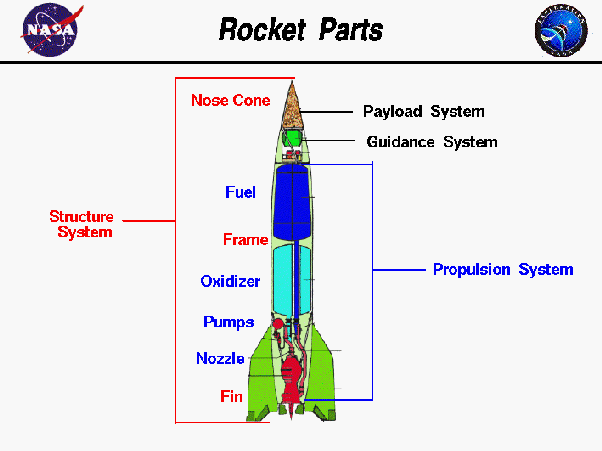
Definition and Characteristics
A rocket is a high-speed vehicle propelled by a rocket engine, which expels hot gases through the combustion of solid or liquid propellants.
Its purposes range from satellite launches to space exploration and warhead delivery. While all rockets can be called missiles, not all missiles are necessarily rockets.
A missile is a guided rocket equipped with a guidance system to aid in reaching a specific target. It generally carries explosives for destructive purposes.
Missiles typically surpass rockets in both speed and range, while rockets excel in terms of accuracy.
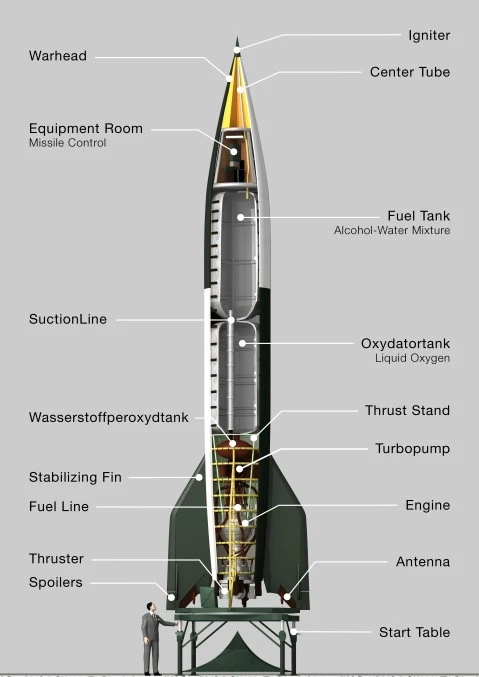
Purpose, Design, and Construction
The purpose of rockets and missiles is to deliver payloads to their intended targets. Payloads can be anything from satellites, probes, astronauts, or scientific instruments to nuclear warheads, conventional explosives, or chemical or biological agents.
The design and construction of rockets and missiles depend on their purpose, range, speed, trajectory, maneuverability, payload size, and weight, guidance system type and accuracy, propulsion system type and efficiency, and environmental conditions.
Guidance and Propulsion Systems
The guidance system of a missile is the component that controls its flight path and ensures that it hits its target accurately. The guidance system can be active or passive. Active guidance systems use sensors such as radar or infrared to detect and track the target.
Passive guidance systems use pre-programmed data such as GPS coordinates or inertial navigation to guide the missile. Some missiles use a combination of both active and passive guidance systems.
The propulsion system of a rocket or a missile is the component that provides thrust to propel it forward. The propulsion system can be solid or liquid. Solid propulsion systems use solid propellants that are ignited once and burn until they are exhausted.
Liquid propulsion systems use liquid propellants that are stored in separate tanks and pumped into the combustion chamber where they are mixed and ignited. Some rockets and missiles use hybrid propulsion systems that combine both solid and liquid propellants.
Payloads and Intended Targets
The payloads of rockets and missiles vary depending on their purpose and type. For example:
- Rockets used for space exploration can carry satellites, probes, astronauts, or scientific instruments to orbit the Earth or explore other planets or celestial bodies.
- Missiles used for military purposes can carry nuclear warheads, conventional explosives, or chemical or biological agents to destroy enemy targets such as cities, military bases, ships, aircraft, or missiles.
- Rockets used for entertainment or education can carry small-scale models or experiments to demonstrate the principles of rocketry or physics.
The intended targets of rockets and missiles also vary depending on their purpose and type. For example:
- Rockets used for space exploration can target low Earth orbit (LEO), medium Earth orbit (MEO), geostationary orbit (GEO), lunar orbit (LO), interplanetary space (IPS), or specific planets or celestial bodies.
- Missiles used for military purposes can target surface targets (land or sea), air targets (aircraft or missiles), space targets (satellites or rockets), or underwater targets (submarines or torpedoes).
- Rockets used for entertainment or education can target high altitudes (suborbital or orbital), low altitudes (atmospheric), or specific locations (launch sites or landing sites).
Types of Missiles
There are many types of missiles based on their range, speed, trajectory, maneuverability, payload, guidance system, and launch platform.
Some of the common types of missiles are:
1. Tactical Missiles
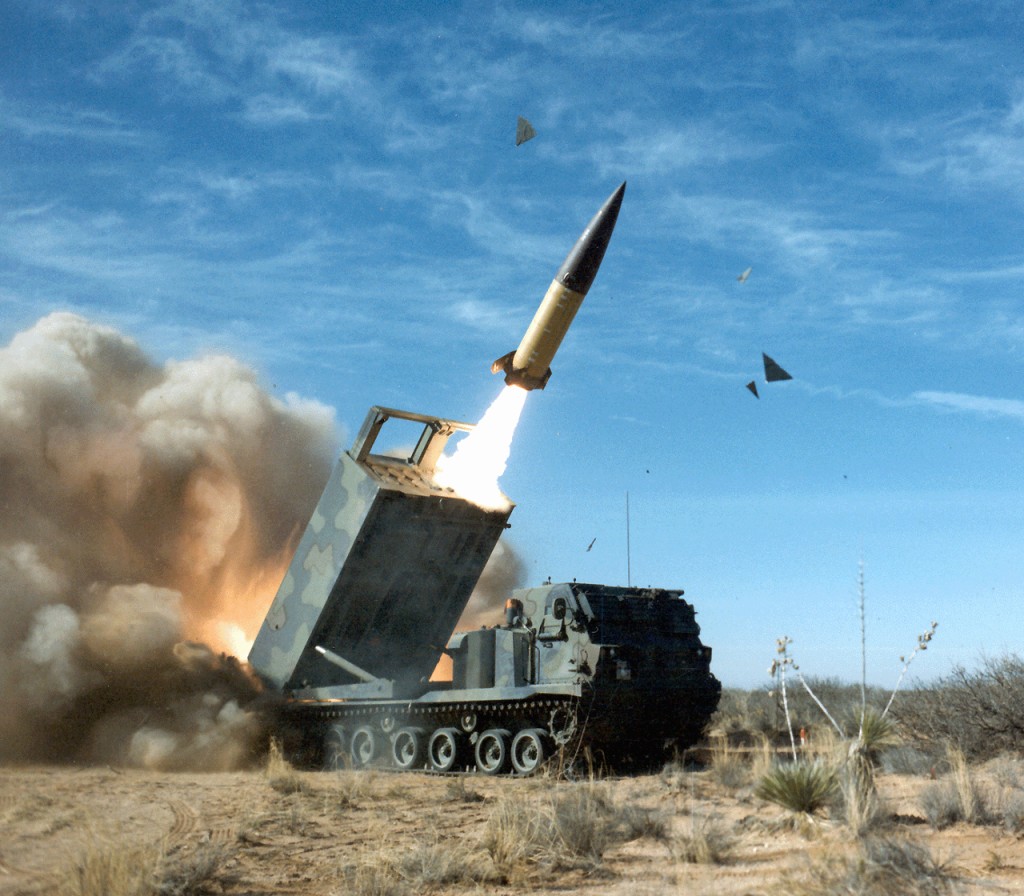
Tactical missiles are short-range missiles, designed for battlefield actions, to engage enemy troops, vehicles, or fortifications. Their typical range falls below 300 km with a speed not exceeding Mach 3, or roughly 3700 km/h.
They exhibit diverse flight paths, which could be direct, ballistic, or cruise, directed by multiple methods encompassing wire, radio, laser, or infrared. Various platforms facilitate their launch, including ground vehicles, aircraft, ships, and submarines.
Tactical missile varieties include ATGMs, which stand for anti-tank guided missiles, MANPADS, short for man-portable air-defense systems, and SSMs, known as surface-to-surface missiles.
2. Ballistic Missiles
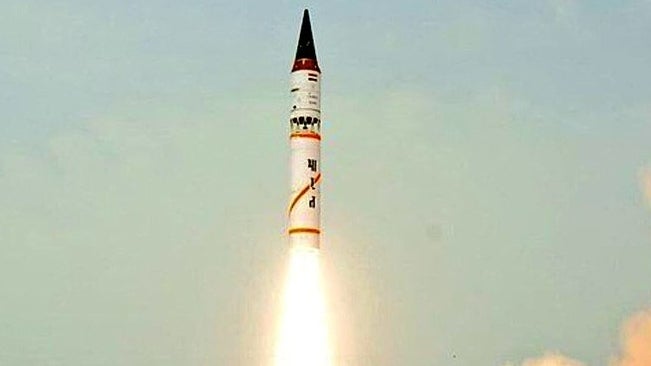
Ballistic missiles serve strategic purposes, targeting enemy cities, military bases, or nuclear facilities.
With a range exceeding 300 km and a speed surpassing Mach 5 (around 6200 km/h), they possess formidable capabilities. These missiles traverse a ballistic trajectory, encompassing three phases: boost, midcourse, and reentry.
Inertial navigation systems (INS) or global positioning systems (GPS) guide them, while their payloads can include nuclear warheads, conventional explosives, or multiple independently targetable reentry vehicles (MIRVs). Launch platforms vary and encompass silos, mobile launchers, aircraft, ships, and submarines.
Examples of ballistic missiles include ICBMs (intercontinental ballistic missiles), IRBMs (intermediate-range ballistic missiles), and SRBMs (short-range ballistic missiles).
3. Cruise Missiles
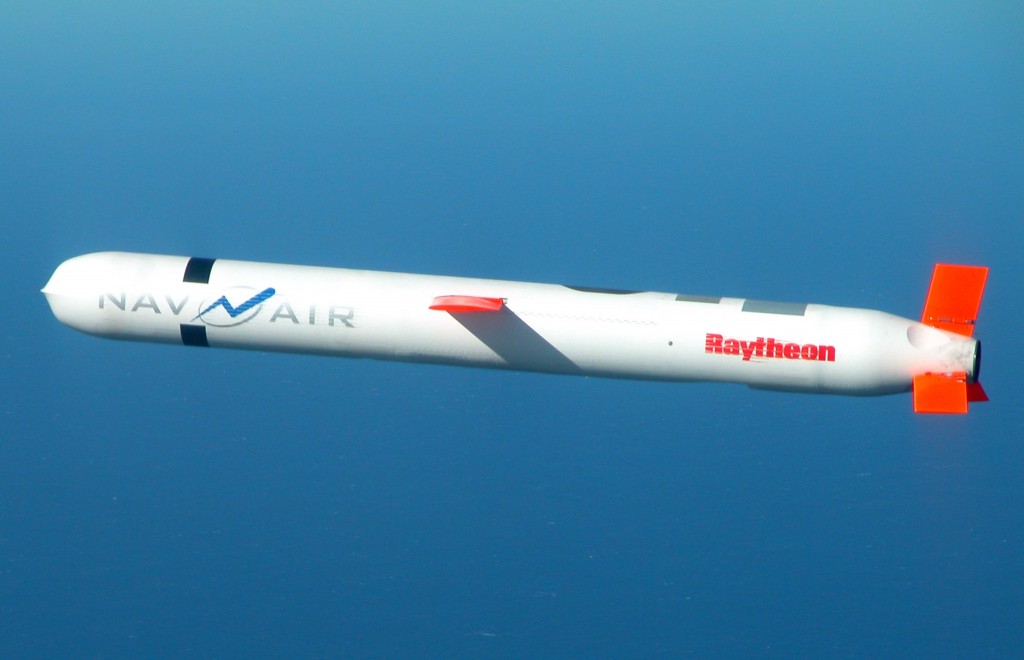
Medium-range missiles, built for precise engagement with high-value entities like radar installations, bridges, or command hubs, typically possess a range from 50 to 3000 km. Their speed varies from Mach 0.8 to Mach 3, which is equivalent to 1000 to 3700 km/h.
Such missiles utilize a cruise trajectory, maintaining low-altitude flights to evade radar detection while leveraging terrain-hugging systems for obstacle avoidance.
Guidance techniques for these projectiles range from INS, GPS, and radar, to infrared. Their payload capabilities are diverse, encompassing nuclear warheads, traditional explosives, or submunitions.
Launch platforms for these weapons are quite versatile, including aircraft, naval vessels, submarines, and terrestrial vehicles. Notable examples of this missile class include Tomahawk, Harpoon, and BrahMos.
4. Space Launch Vehicles

These are rockets that are used for launching satellites into orbit or sending probes into space. They usually have a range of more than 1000 km and a speed of more than Mach 25 (about 31000 km/h).
They follow an orbital trajectory that consists of reaching escape velocity to overcome the Earth’s gravity and inserting into the desired orbit around the Earth or another celestial body.
They are guided by various methods such as INS, GPS, star trackers, or ground stations and can carry various payloads such as satellites, probes, astronauts, or scientific instruments.
They can be launched from various platforms such as launch pads, aircraft, ships, or balloons. Some examples of space launch vehicles are Saturn V, Ariane 5, and Falcon 9.
5. Surface-to-Air Missiles
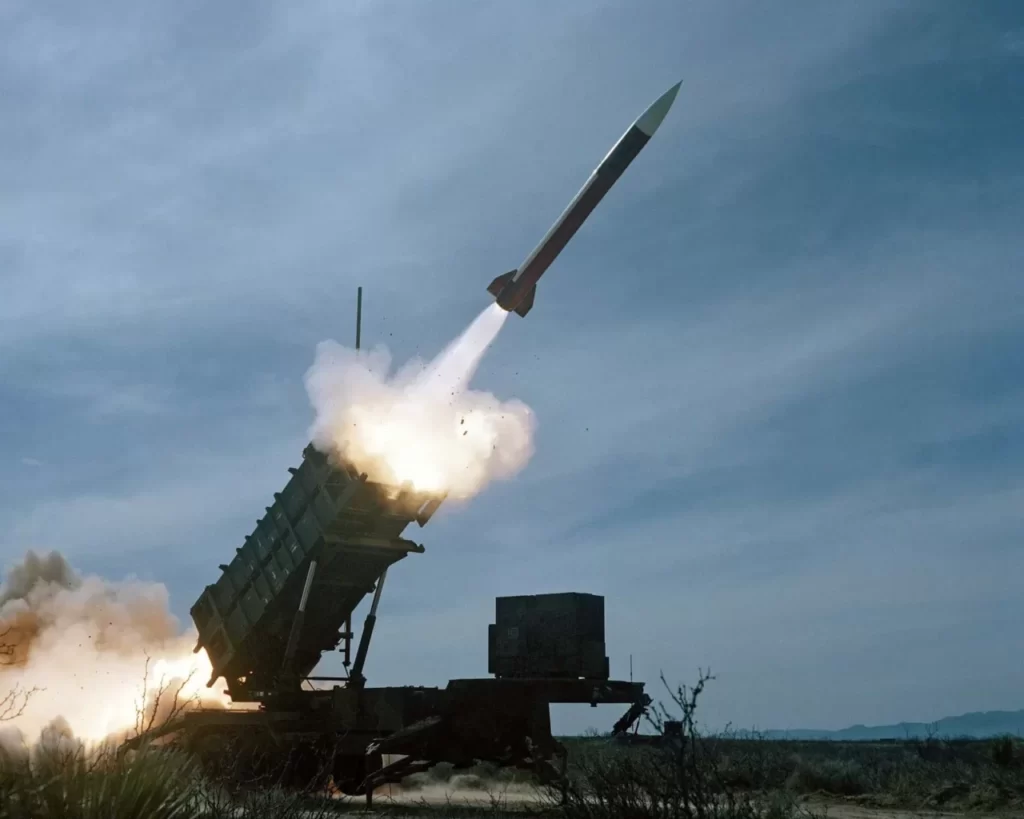
Missiles designed for defense against enemy aircraft or other missiles typically possess a range under 100 km and a speed between Mach 1 and Mach 5, translating to approximately 1200 to 6200 km/h.
They utilize an intercept trajectory, which involves radar or infrared sensor detection and tracking of the target, followed by course correction through the use of fins or thrusters.
Guidance relies on various techniques including radar homing, infrared homing, or command guidance, while potential payloads range from high-explosive warheads, and fragmentation warheads, to proximity fuses. Launch platforms encompass ground vehicles, aircraft, ships, and submarines.
Surface-to-air missiles, commonly referred to as SAMs, air-to-air missiles (AAMs), and anti-ballistic missiles (ABMs), serve as prevalent examples of these defensive missiles.
6. Air-to-Surface Missiles
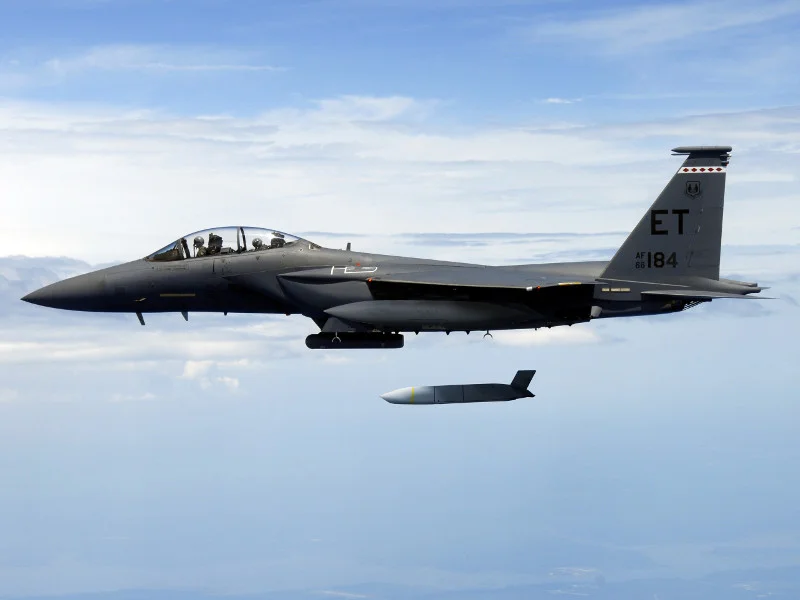
Missiles designed for enemy ground target assault, including tanks, buildings, and bridges, generally feature a range of under 100 km and a velocity between Mach 0.8 and Mach 3, which corresponds to about 1000 to 3700 km/h.
Typically, they employ an attack path that involves a low-altitude flight to elude radar detection or leverage terrain-following systems for obstacle evasion. Various guidance techniques such as INS, GPS, radar, and infrared equip these missiles, and they may hold different payloads including nuclear warheads, conventional explosives, or submunitions.
Launching of these missiles is feasible from diverse platforms like aircraft, ships, submarines, or ground vehicles. The AGM-65 Maverick, AGM-88 HARM, and AGM-158 JASSM serve as examples of air-to-surface missiles.
7. Surface-to-Surface Missiles

These are missiles that are used for attacking enemy ground targets such as buildings, bridges, or bunkers.
They usually have a range of less than 100 km and a speed of Mach 0.8 to Mach 3 (about 1000 to 3700 km/h). They follow an attack trajectory that consists of flying at low altitudes to avoid detection by radar or using terrain-following systems to navigate around obstacles.
They are guided by various methods such as INS, GPS, radar, or infrared and can carry various payloads such as nuclear warheads, conventional explosives, or submunitions.
They can be launched from various platforms such as ground vehicles, aircraft, ships, or submarines. Some examples of surface-to-surface missiles are MGM-140 ATACMS, BGM-71 TOW, and FGM-148 Javelin.
8. Anti-Aircraft Missiles

These are missiles that are used for attacking enemy aircraft or missiles. They usually have a range of less than 100 km and a speed of Mach 1 to Mach 5 (about 1200 to 6200 km/h).
They follow an intercept trajectory that consists of detecting and tracking the target by radar or infrared sensors and adjusting their course by using fins or thrusters.
They are guided by various methods such as radar homing, infrared homing, or command guidance and can carry various payloads such as high-explosive warheads, fragmentation warheads, or proximity fuses. They can be launched from various platforms such as ground vehicles, aircraft, ships, or submarines.
Some examples of anti-aircraft missiles are SAMs (surface-to-air missiles), AAMs (air-to-air missiles), or ABMs (anti-ballistic missiles).
9. Anti-Ship Missiles
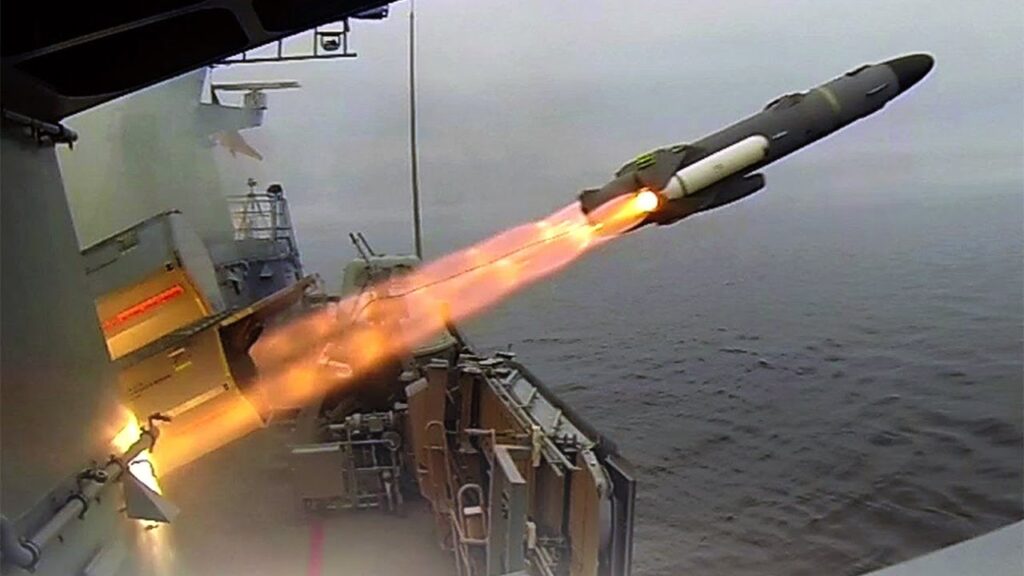
These are missiles that are used for attacking enemy ships or submarines. They usually have a range of less than 300 km and a speed of Mach 0.8 to Mach 3 (about 1000 to 3700 km/h).
They follow an attack trajectory that consists of flying at low altitudes to avoid detection by radar or using sea-skimming systems to evade countermeasures.
They are guided by various methods such as active radar homing, passive radar homing, infrared homing, or command guidance and can carry various payloads such as high-explosive warheads, penetration warheads, or torpedoes.
They can be launched from various platforms such as aircraft, ships, submarines, or ground vehicles. Some examples of anti-ship missiles are AGM-84 Harpoon, P-800 Oniks, or Exocet.
10. Intercontinental Ballistic Missiles (ICBMs)
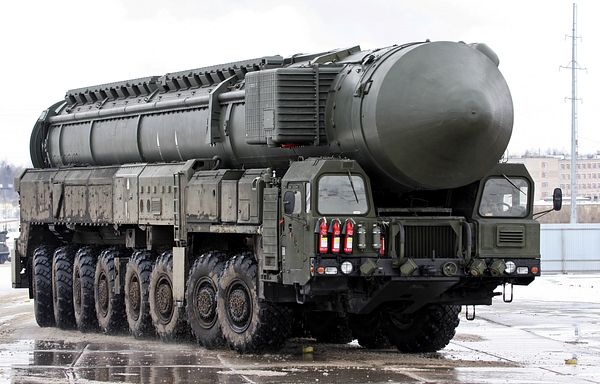
These are rockets that are used for delivering nuclear warheads to enemy targets across continents. They usually have a range of more than 5500 km and a speed of more than Mach 20 (about 25000 km/h).
They follow a ballistic trajectory that consists of three phases: boost phase, midcourse phase, and reentry phase.
They are guided by various methods such as INS, GPS, star trackers, or ground stations and can carry various payloads such as nuclear warheads, conventional explosives, or MIRVs.
They can be launched from various platforms such as silos, mobile launchers, aircraft, ships, or submarines. Some examples of ICBMs are LGM-30 Minuteman III, R-36M2 Voevoda (SS-18 Satan), or DF-41.
Types of Rockets
There are many types of rockets based on their range, speed, trajectory, maneuverability, payload, guidance system, and launch platform.
Some of the common types of rockets are:
1. Orbital Rockets
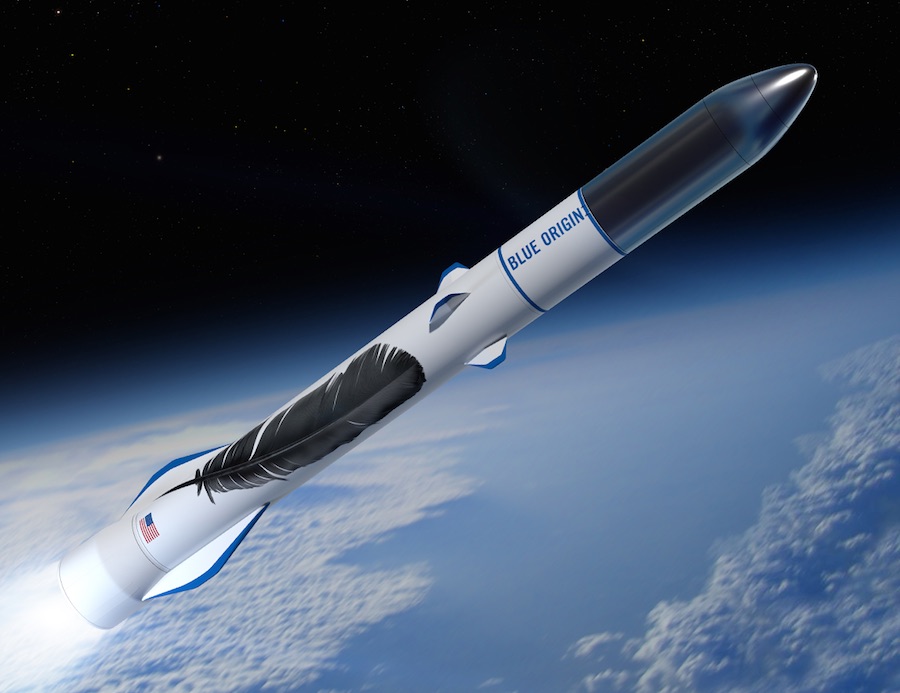
These are rockets that are used for launching satellites into orbit around the Earth or another celestial body. They usually have a range of more than 1000 km and a speed of more than Mach 25 (about 31000 km/h).
They follow an orbital trajectory that consists of reaching escape velocity to overcome the Earth’s gravity and inserting into the desired orbit.
They are guided by various methods such as INS, GPS, star trackers, or ground stations and can carry various payloads such as satellites, probes, astronauts, or scientific instruments.
They can be launched from various platforms such as launch pads, aircraft, ships, or balloons. Some examples of orbital rockets are Saturn V, Ariane 5, and Falcon 9.
2. Suborbital Rockets
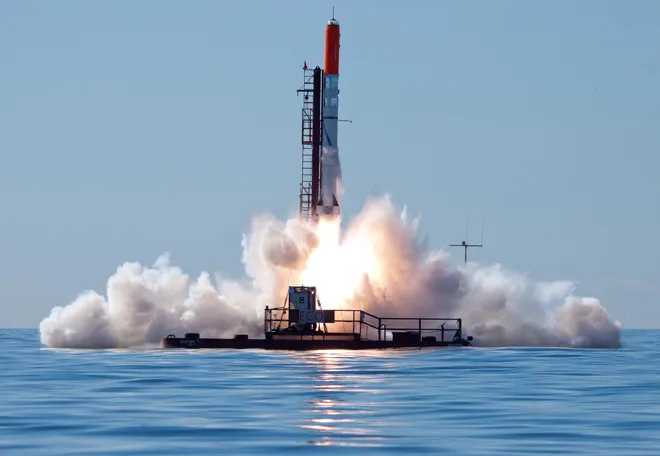
These are rockets that are used for reaching high altitudes but not achieving orbit around the Earth or another celestial body.
They usually have a range of less than 1000 km and a speed of less than Mach 25 (about 31000 km/h). They follow a suborbital trajectory that consists of reaching a peak altitude and falling back to Earth.
They are guided by various methods such as INS, GPS, star trackers, or ground stations and can carry various payloads such as experiments, instruments, or passengers.
They can be launched from various platforms such as launch pads, aircraft, ships, or balloons. Some examples of suborbital rockets are SpaceShipOne, New Shepard, or V-2.
3. Satellite Launch Vehicles

These are rockets that are used for launching satellites into orbit around the Earth or another celestial body. They usually have a range of more than 1000 km and a speed of more than Mach 25 (about 31000 km/h).
They follow an orbital trajectory that consists of reaching escape velocity to overcome the Earth’s gravity and inserting into the desired orbit.
They are guided by various methods such as INS, GPS, star trackers, or ground stations and can carry various payloads such as satellites, Probes, Astronauts, or scientific instruments.
They can be launched from various platforms such as launch pads, aircraft, Ships, or balloons. Some examples of satellite launch vehicles are Delta IV Heavy, Proton-M, or Long March 5.
4. Single-Stage Rockets
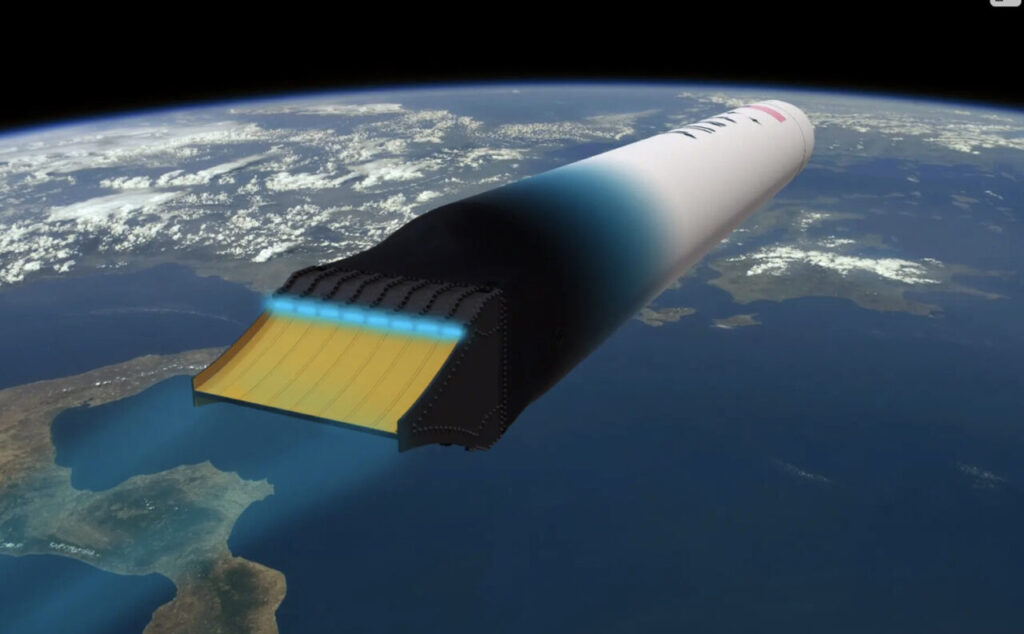
These are rockets that have only one stage that burns until its propellant is exhausted or until it reaches its desired altitude or velocity. They usually have a range of less than 100 km and a speed of less than Mach 5 (about 6200 km/h).
They follow a simple trajectory that consists of launching vertically or at an angle and coasting or falling back to Earth.
They are guided by various methods such as fins, gyroscopes, or thrust vectoring and can carry various payloads such as experiments, instruments, or fireworks. They can be launched from various platforms such as launch pads, aircraft, ships, or balloons.
Some examples of single-stage rockets are sounding rockets, hobby rockets, or bottle rockets.
5. Multi-Stage Rockets

These are rockets that have two or more stages that burn sequentially and separate when their propellant is exhausted or when they reach their desired altitude or velocity.
They usually have a range of more than 100 km and a speed of more than Mach 5 (about 6200 km/h). They follow a complex trajectory that consists of launching vertically or at an angle and changing their direction and speed by staging.
They are guided by various methods such as INS, GPS, star trackers, or ground stations and can carry various payloads such as satellites, probes, astronauts, or scientific instruments.
They can be launched from various platforms such as launch pads, aircraft, ships, or balloons. Some examples of multi-stage rockets are orbital rockets, suborbital rockets, or ICBMs.
Key Differences between Rockets and Missiles
Rockets and missiles have many similarities but also some key differences. Some of the main differences are:
1. Range and Speed
Rockets typically have longer ranges and higher speeds than missiles. Rockets can reach orbital velocities of more than Mach 25 (about 31000 km/h) and travel thousands of kilometers in space.
Missiles usually have suborbital velocities of less than Mach 5 (about 6200 km/h) and travel hundreds of kilometers on Earth.
2. Trajectory and Maneuverability
Rockets typically follow a fixed trajectory that is determined by their initial launch conditions and staging events. Rockets have limited maneuverability and can only change their direction and speed by using fins, thrusters, or gravity assists.
Missiles typically follow a variable trajectory that is determined by their guidance system and target location. Missiles have high maneuverability and can change their direction and speed by using fins, thrusters, or wings.
3. Payload and Guidance Systems
Rockets typically carry non-explosive payloads such as satellites, probes, astronauts, or scientific instruments. Rockets have simple guidance systems that use inertial navigation systems (INS), global positioning systems (GPS), star trackers, or ground stations to control their flight path.
Missiles typically carry explosive payloads such as nuclear warheads, conventional explosives, or chemical or biological agents. Missiles have complex guidance systems that use active radar homing, passive radar homing, infrared homing, command guidance, or terrain-following systems to track their target.
4. Military and Civilian Applications
Rockets typically have civilian applications such as space exploration, scientific research, communication, navigation, or entertainment. Rockets are used for launching satellites into orbit, sending probes into space, carrying astronauts to the International Space Station (ISS), conducting experiments in microgravity, or launching fireworks for celebrations.
Missiles typically have military applications such as warfare, deterrence, or defense. Missiles are used for attacking enemy targets, destroying enemy missiles, or protecting friendly assets.



